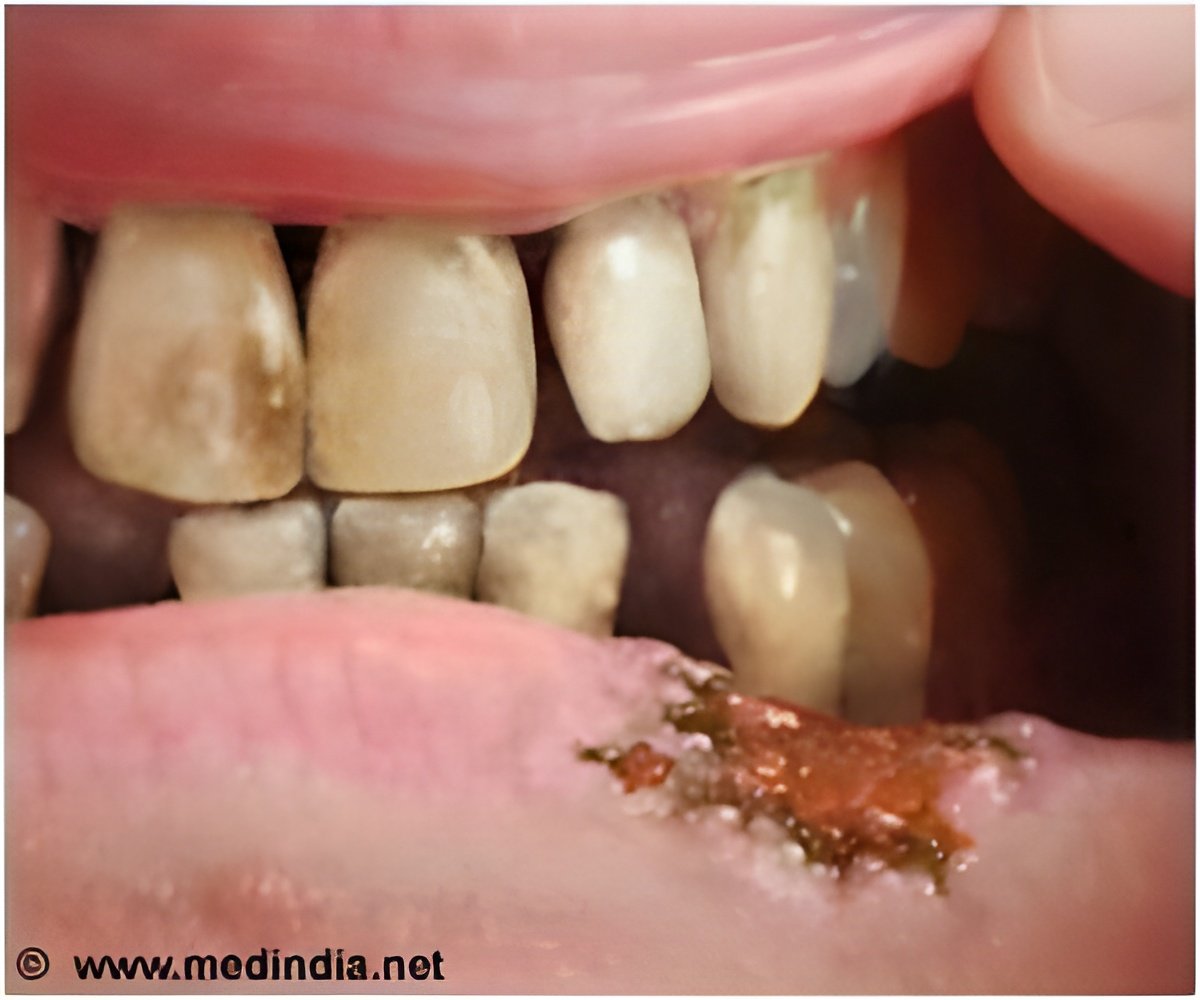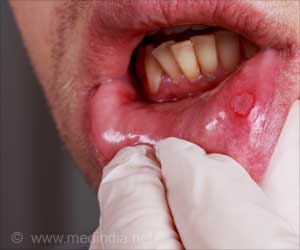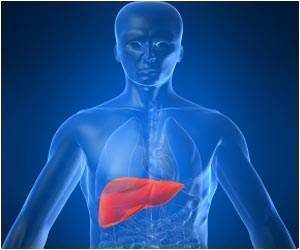
Oral cancers are a global public health problem with close to 300,000 new cases identified worldwide each year. Many of these cancers are preceded by premalignant lesions. Severe lesions are associated with a high progression risk and should be treated definitively. However, the challenge within the field has been to distinguish which low-grade lesions are the most likely to progress to cancer.
In 2000, Rosin and colleagues used samples of oral premalignant lesions where progression to cancer was known to have subsequently occurred in order to develop a method for grouping patients into low-risk or high-risk categories based on differences in their DNA. In their current population-based study, they confirmed that this approach was able to correctly categorize patients as less or more likely to progress to cancer.
They analyzed samples from 296 patients with mild or moderate oral dysplasia identified and followed over years by the BC Oral Biopsy Service, which receives biopsies from dentists and ENT surgeons across the province. Patients classified as high-risk had an almost 23-fold increased risk for progression.
Next, two additional DNA molecular risk markers called loss of heterozygosity were added to the analysis in an attempt to better differentiate patients'' risks. They used the disease samples from the prospective study, and categorized patients into low-, intermediate- and high-risk groups.
"Compared with the low-risk group, intermediate-risk patients had an 11-fold increased risk for progression and the high-risk group had a 52-fold increase in risk for progression," Rosin said.
Advertisement
"That means that two out of every three high-risk cases are progressing," Rosin said. "Identifying which early lesions are more likely to progress may give clinicians a chance to intervene in high-risk cases, and may help to prevent unnecessary treatment in low-risk cases."
Advertisement











